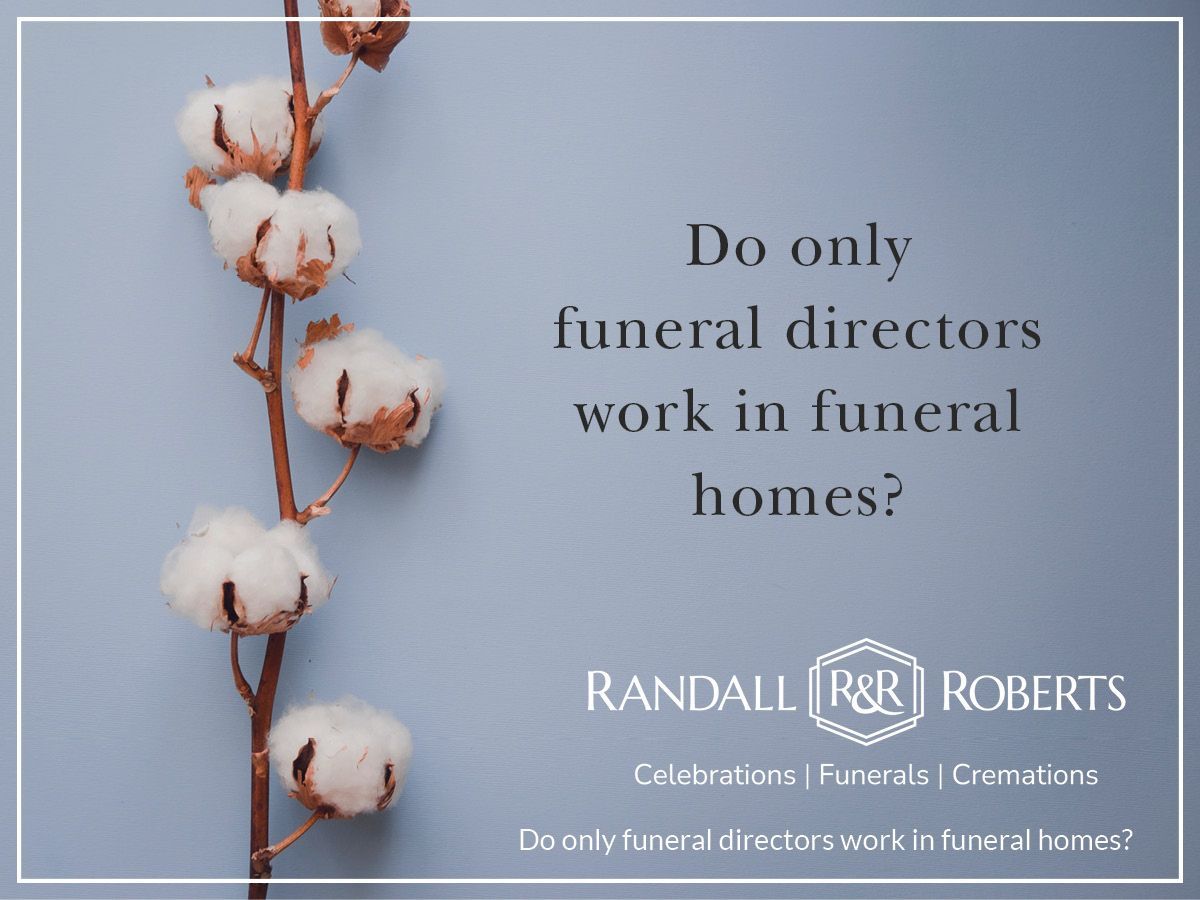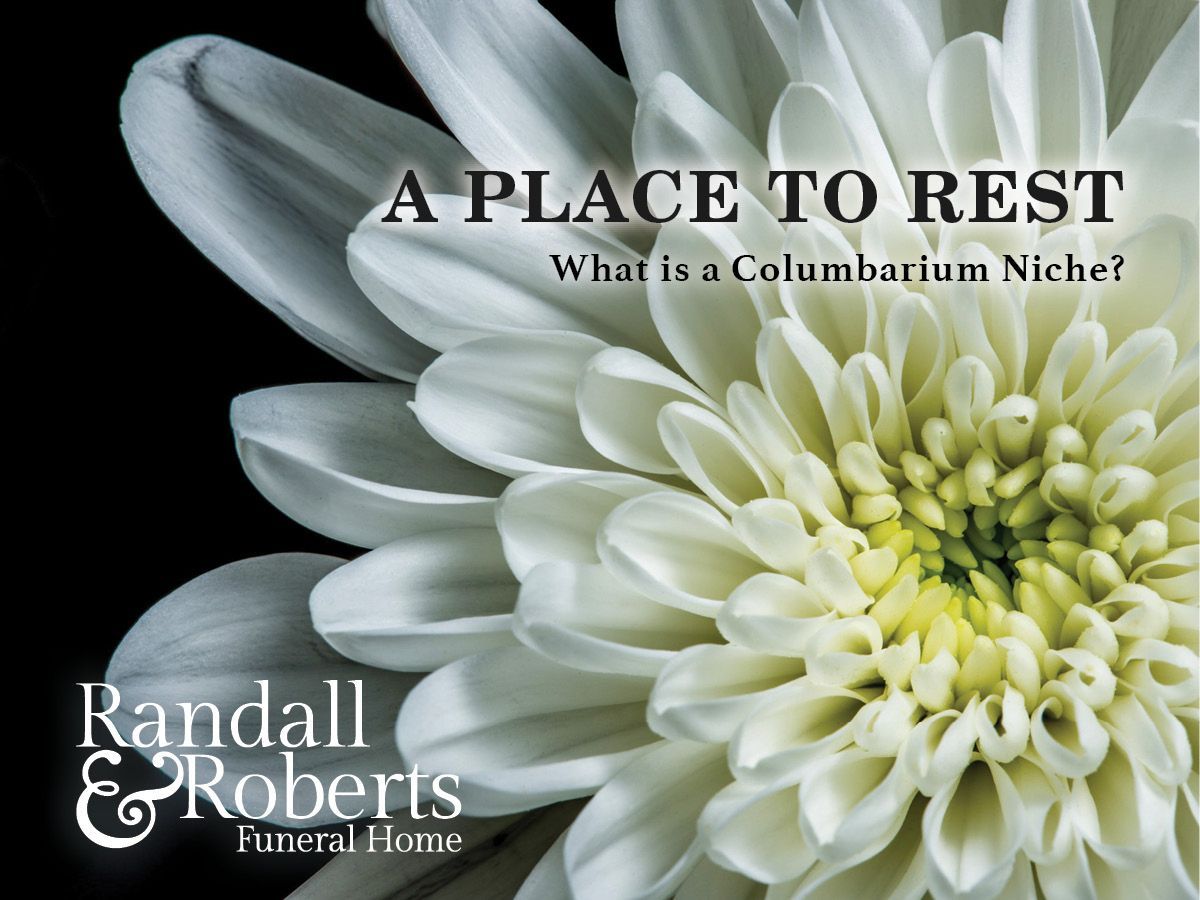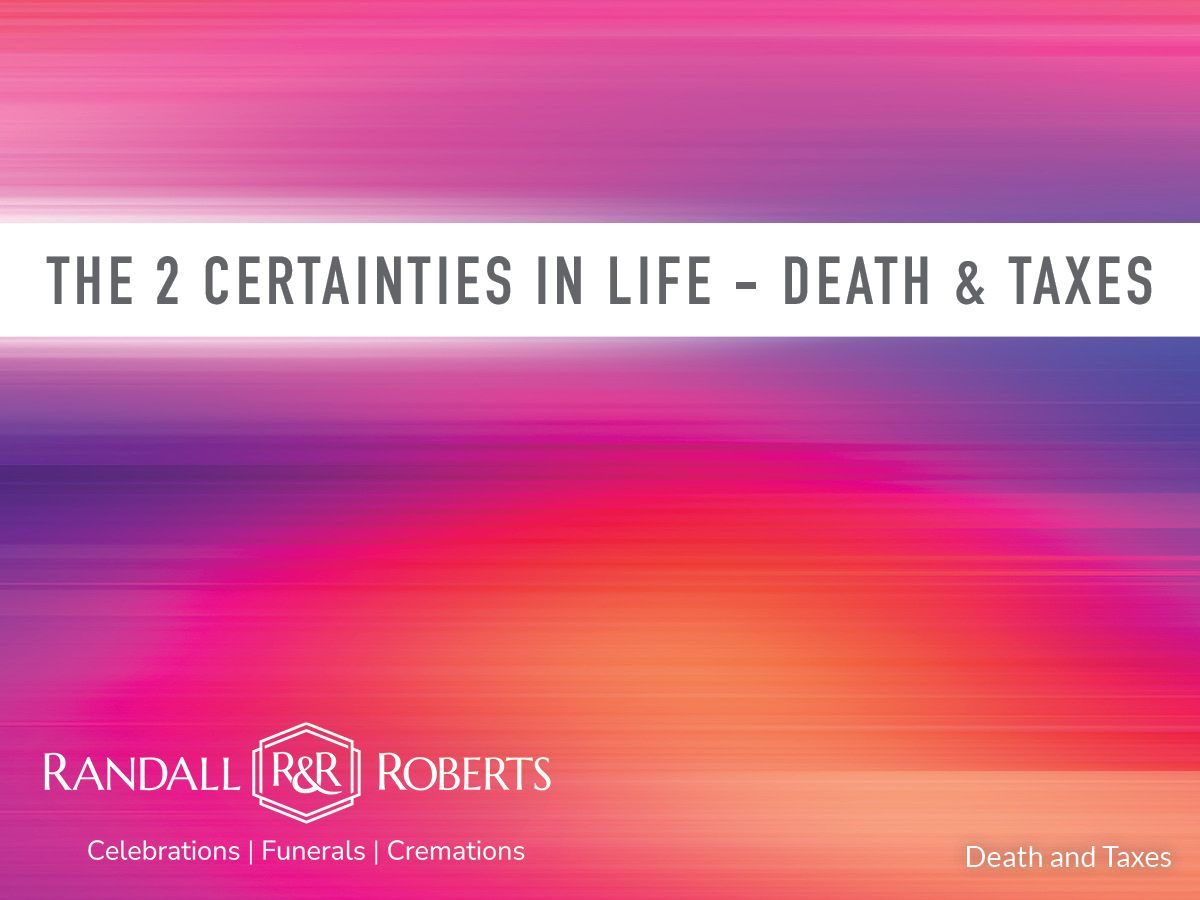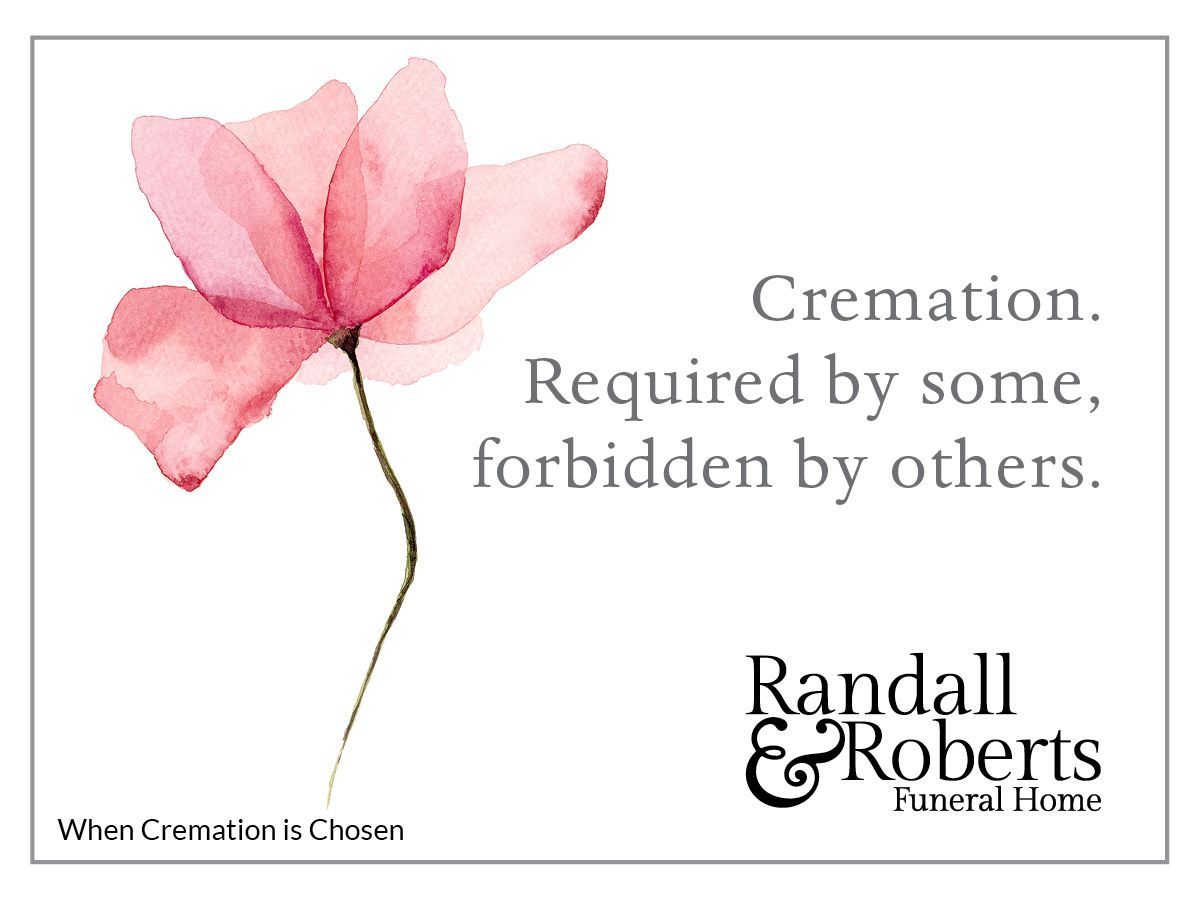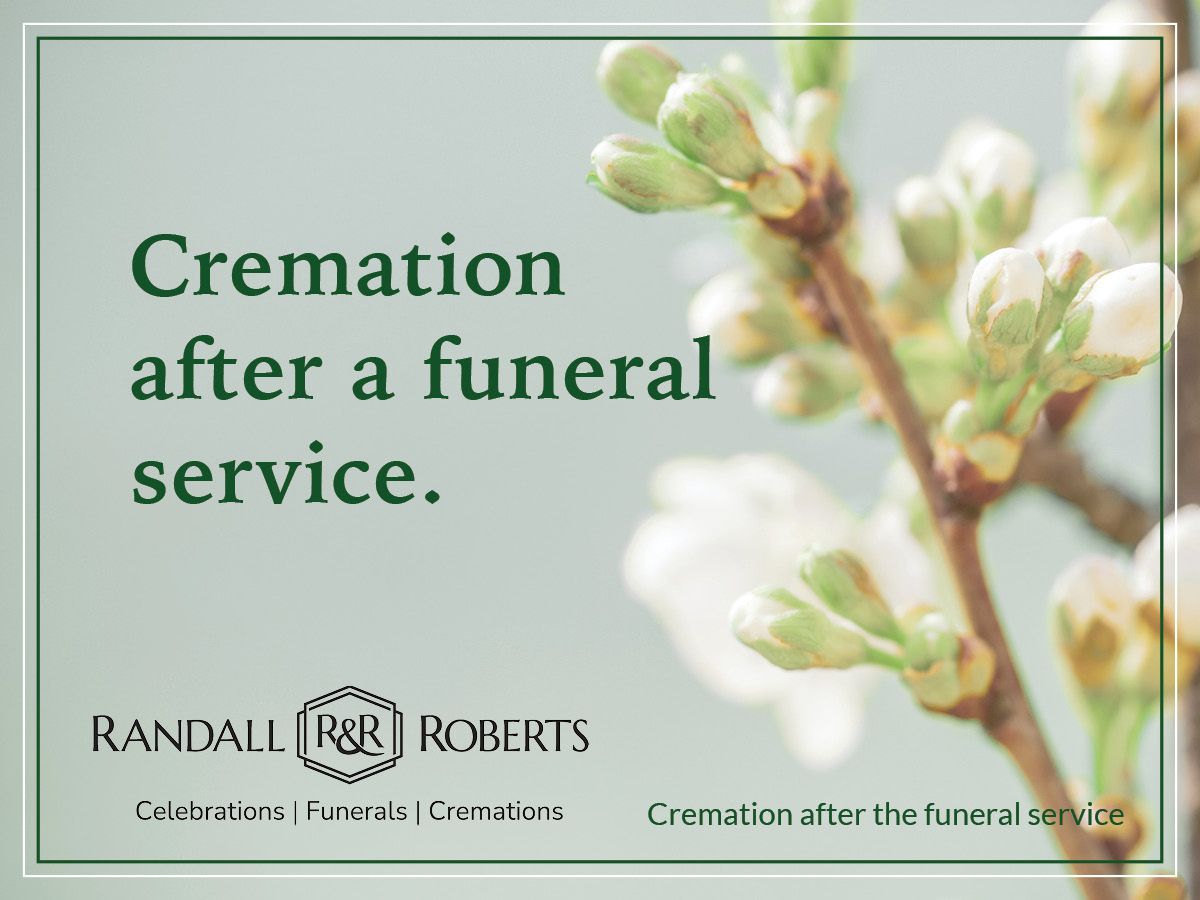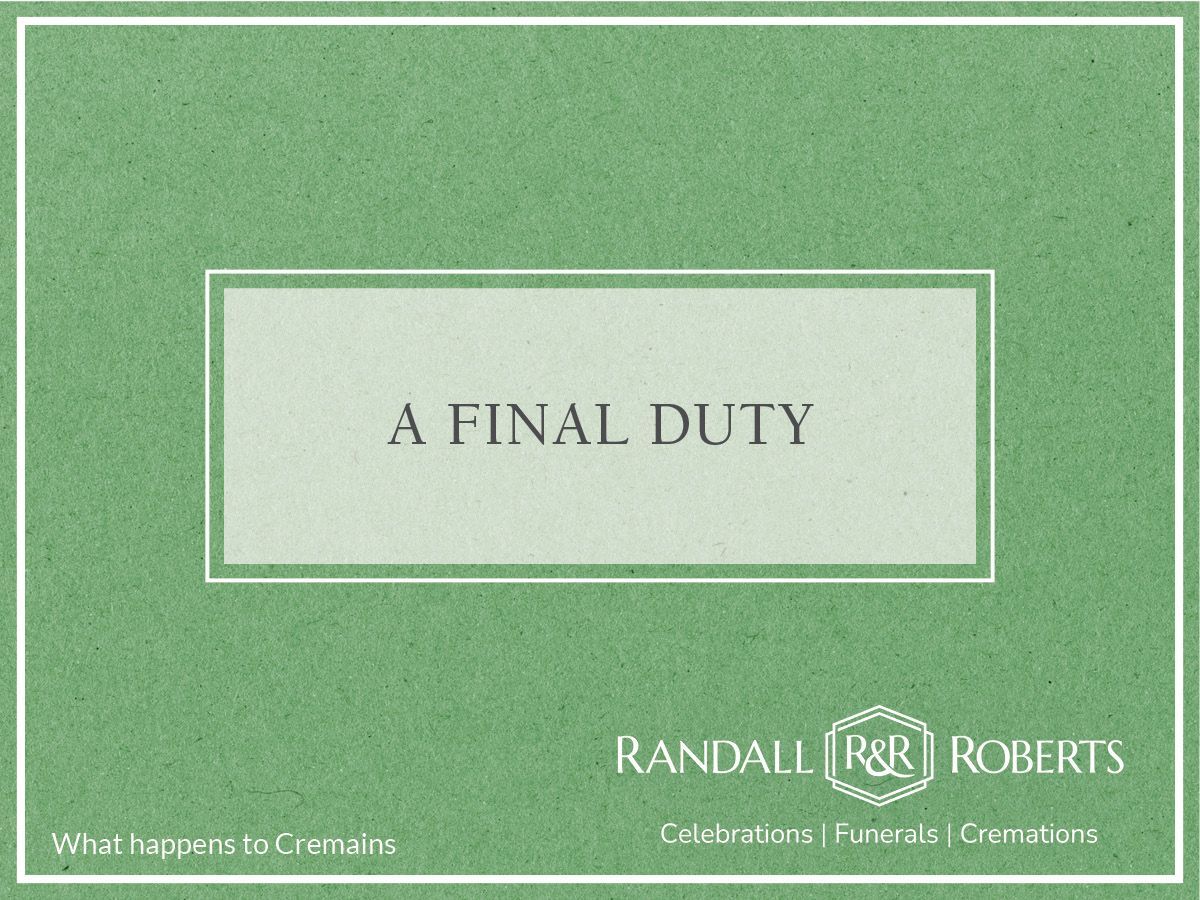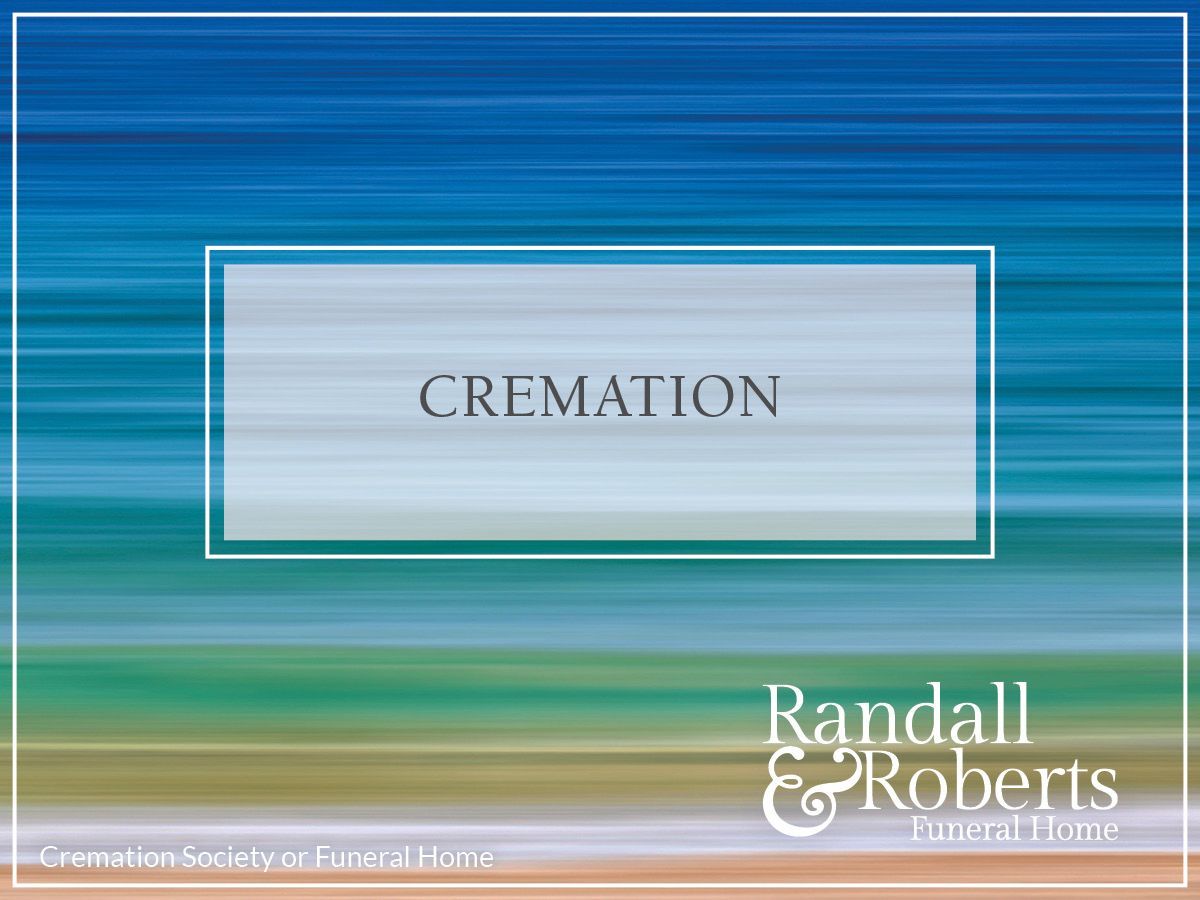Flowers and Funerals
What’s the story behind flowers at a funeral? Well, back in the day before funeral directors perfected the art and science of embalming, flowers were used to mask the odor of the body.
In modern times flowers are no longer needed to mask unpleasant odors but they have come to be a part of the funeral for other reasons. When we struggle to find words to comfort a friend, flowers speak eloquently for us. They express that we care. Flowers can be sent from any place in the world to any place in the world. When we are not able to go to the service, flowers stand in our stead. Flowers are always in good taste and they are appreciated for the beauty and serenity they bring to the occasion.
Did you know different flower colors have different meanings? White flowers symbolize honor and innocence. In many religions, death means going to heaven and a return to innocence. White lilies, carnations, roses, and cushion poms are often used in funeral arrangements.
Red flowers are frequently given by a spouse or close family member. Red blooms symbolize courage, strength, and love. The red tulip is a symbol of perfect love. Blue flowers such as hydrangea and cornflowers represent peace and serenity. Yellow flowers symbolize friendship and new beginnings.
Flowers for the casket are usually provided by close family members. Funeral flowers are sent directly to the funeral home and are not usually addressed to a particular family member, but rather are sent in honor of the deceased. It is appropriate to send smaller cut flowers or plants of remembrance to individual family members at their home.
Flowers help us communicate feelings of the heart. Flowers speak for us and say we love you, we support you, we are proud of you, and we are with you on your grief journey.
In recorded time, and probably before, communities have understood the importance of gathering following a death. Paying respects to the deceased and comforting the survivors has been a part of life. Coming together when an important life event occurs is just natural. We come to see the new baby and we gather when a loved one’s life on this earth ends. We celebrate and remember with flowers.
